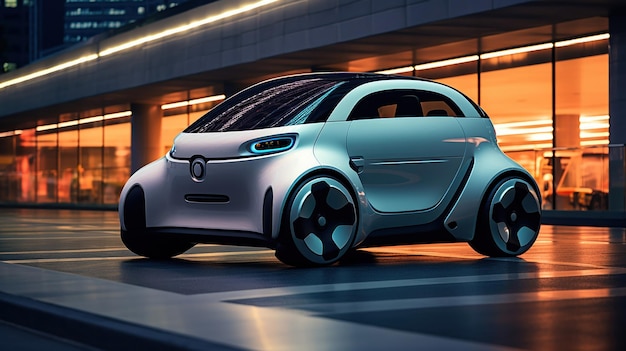
These days, many electric cars come with advanced driver assistance features, typically combining technologies like lane-keeping and adaptive cruise control. These systems work well together and can practically drive the car on highways under certain conditions. However, companies are pushing forward to develop the next generation of self-driving cars, and Tesla is at the forefront of this effort with its Full Self-Driving (FSD) technology.
Tesla’s Full Self-Driving capability is available to customers, but it’s not cheap. As of now, you can either make a one-time payment of a hefty $15,000 or opt for a $200-per-month subscription. Given the high cost, it’s natural to question whether it’s worth the investment.
Most people would say it’s probably not worth the money. Yet, some might still find it appealing. Tesla FSD is a highly advanced driver-assistance system that relies on a combination of hardware and software to navigate various traffic situations on its own. It uses cameras, ultrasonic sensors, radar, and computers to understand the surrounding environment and make real-time decisions to control the vehicle’s acceleration, braking, and steering.
There are different levels of Tesla’s autonomous driving features. The most basic is Tesla Autopilot, which includes adaptive cruise control and lane-keeping assistance—technologies found in many other cars. Next is Enhanced Autopilot, which has more advanced features like Auto Lane Change, Autopark, and Summon, allowing the driver to call the car to their location in a parking lot.
Full Self-Driving goes even further by identifying stop signs and traffic lights and will soon be able to steer on its own through city streets. However, drivers are always required to be in control of the car, even when using these advanced modes. Current regulations hold the driver responsible for the car’s actions, whether in Autopilot, FSD, or any other mode.
This makes the term “Full Self-Driving” somewhat misleading. Tesla has faced criticism for this, as the technology isn’t yet capable of fully autonomous driving. It will take time for the tech to handle all driving scenarios and for laws to allow drivers to completely relinquish control to the car.
So, is Tesla Full Self-Driving worth it? That’s a complex question. FSD is still in beta, meaning Tesla is charging customers for a system that is still being developed and refined—and it can still make mistakes. This makes it more of an experimental feature than a reliable tool for productivity or time-saving.
In other words, the average driver might want to hold off on spending money on Tesla Full Self-Driving for now. However, it could be interesting for those who are eager to experiment with cutting-edge autonomous tech and have the financial means to do so, knowing that the system is not yet fully developed. For everyone else, it might be more sensible to continue driving your Tesla manually and save some money.